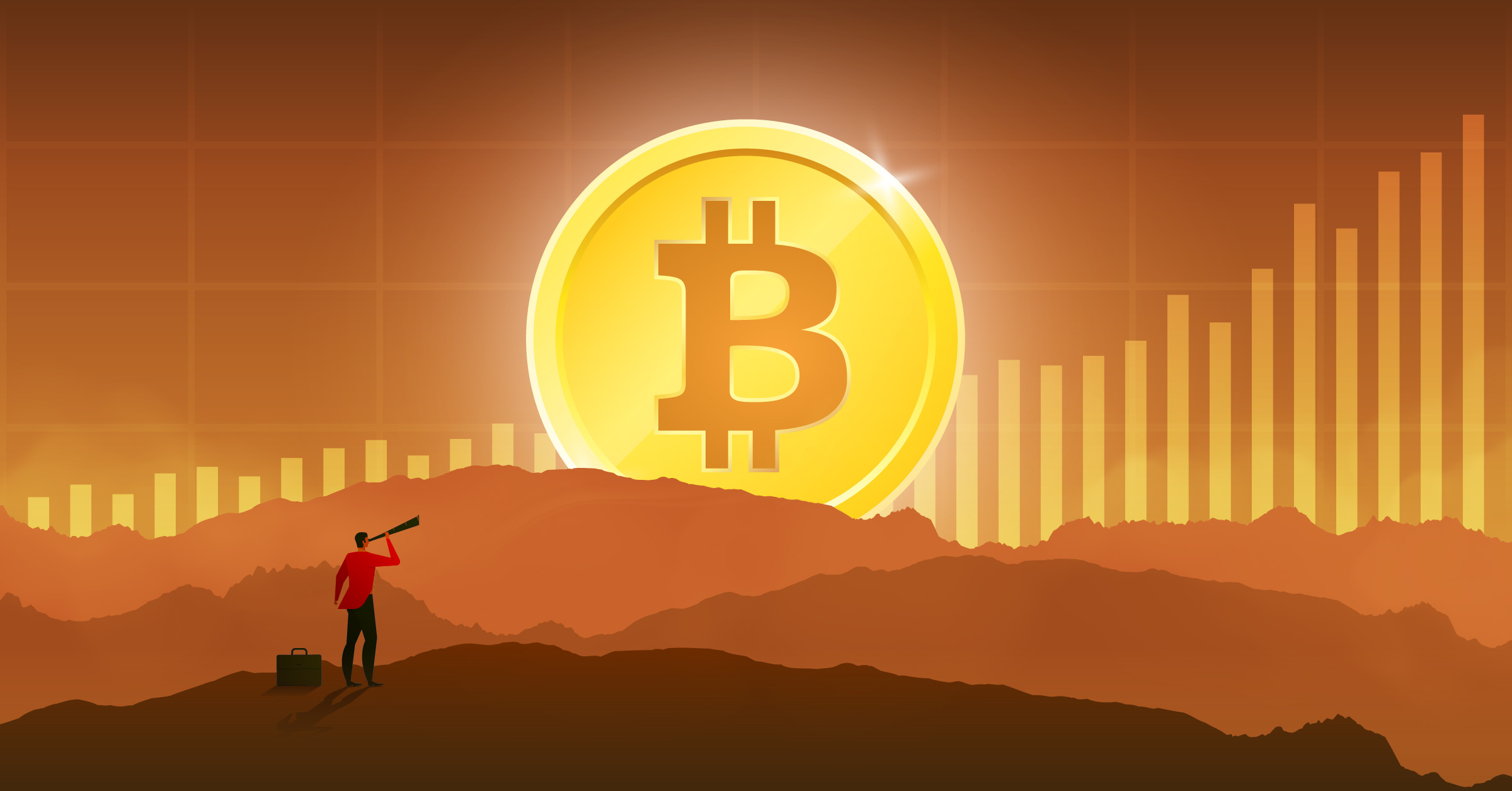
Rewarding miners is the way the Bitcoin network gets new coins distributed. Miners can either hold on to their coins or sell them on the open market. Either way, coins are released and traded as a result of mining https://taoxoan.info/casino-review/el-royale/.
All of these currencies have a lot of similarities, but at the same time, they are all different. But, what are the main differences? How can we say which currency is better than the other? Is it possible to know how all of them work? Let’s see those differences in this article:
Unlike other cryptocurrencies, stablecoins are pegged to an asset, such as the U.S. dollar or the euro. And because a stablecoin tracks the pegged asset, its value stays stable relative to the pegged asset. Of course, some stablecoins aren’t pegged to a hard asset and instead maintain stable value by technical means, such as destroying some of the currency supply to generate scarcity. Those are known as algorithmic stablecoins.
Stablecoins are cryptocurrencies designed to maintain a fixed value by being pegged to traditional assets like fiat currencies. They offer stability in a market known for volatility, making them ideal for trading, transferring value, and preserving capital. Although built on blockchain networks, stablecoins are more commonly used for practical financial purposes rather than speculative investment.
Play-to-earn (P2E) games, also known as GameFi, has emerged as an extremely popular category in the crypto space. It combines non-fungible tokens (NFT), in-game crypto tokens, decentralized finance (DeFi) elements and sometimes even metaverse applications. Players have an opportunity to generate revenue by giving their time (and sometimes capital) and playing these games.
(At the bottom of this page you will find frequently asked questions and answers. For example, we answer the questions: Is cryptocurrency legal? Why do Bitcoin have value? How do I buy cryptocurrency? Which exchange has the lowest fees?)
There are over 10,000 cryptocurrencies on the market today. It’s hard to keep track of all of them! On this page, you will find all cryptocurrencies with price graphs updated in real time. It’s easy to compare market capitalization, volume, supply and more between cryptocurrencies. Do you want to see prices in dollar (USD), euro (EUR), pounds (GBP) or any other currency? Choose anyone below! You can also search and sort between all cryptocurrencies.

Play-to-earn (P2E) games, also known as GameFi, has emerged as an extremely popular category in the crypto space. It combines non-fungible tokens (NFT), in-game crypto tokens, decentralized finance (DeFi) elements and sometimes even metaverse applications. Players have an opportunity to generate revenue by giving their time (and sometimes capital) and playing these games.
(At the bottom of this page you will find frequently asked questions and answers. For example, we answer the questions: Is cryptocurrency legal? Why do Bitcoin have value? How do I buy cryptocurrency? Which exchange has the lowest fees?)
Every time new miners join the network and competition grows, the hashing difficulty increases, which prevents the average block time from decreasing. Conversely, if many miners leave the network, the hashing difficulty decreases, making it easier to mine a new block. These adjustments keep the average block time constant, regardless of the network’s total hashing power.
Founded in 1993, The Motley Fool is a financial services company dedicated to making the world smarter, happier, and richer. The Motley Fool reaches millions of people every month through our premium investing solutions, free guidance and market analysis on Fool.com, personal finance education, top-rated podcasts, and non-profit The Motley Fool Foundation.
You’re reading a free article with opinions that may differ from The Motley Fool’s Premium Investing Services. Become a Motley Fool member today to get instant access to our top analyst recommendations, in-depth research, investing resources, and more. Learn More
2. Miners solve a puzzle. Miners use computers to guess a special number, called the nonce, that, when combined with the block data, produces a result below a specific target number. It’s like a digital lottery ticket that involves a puzzle.